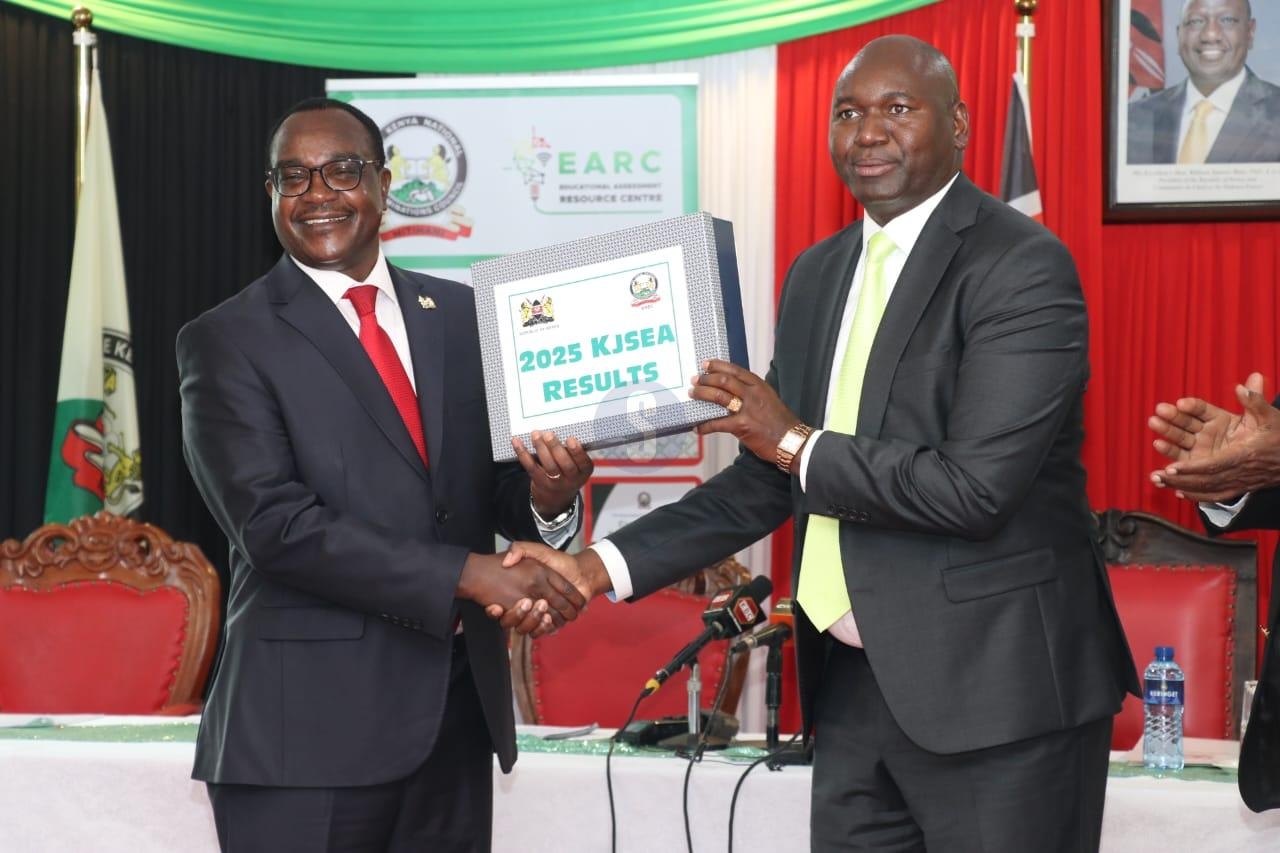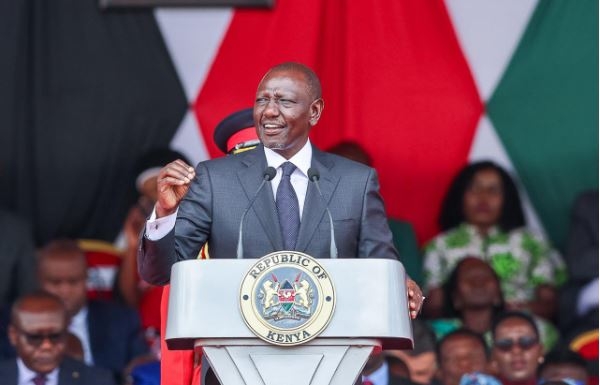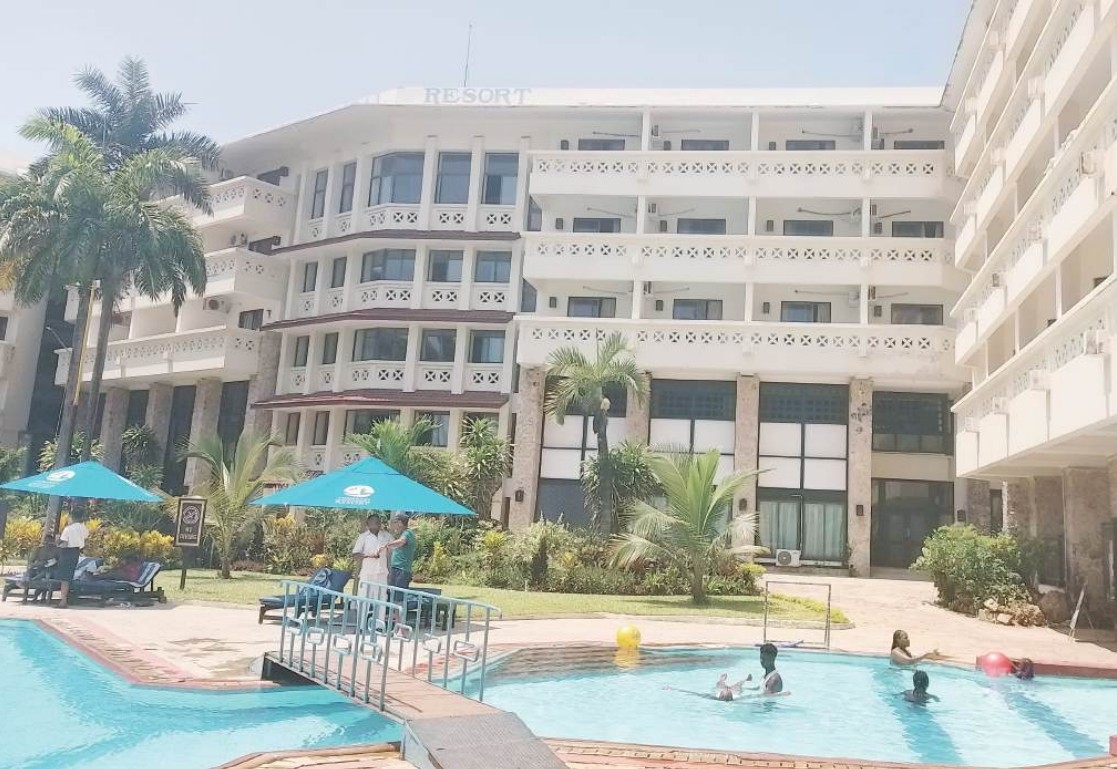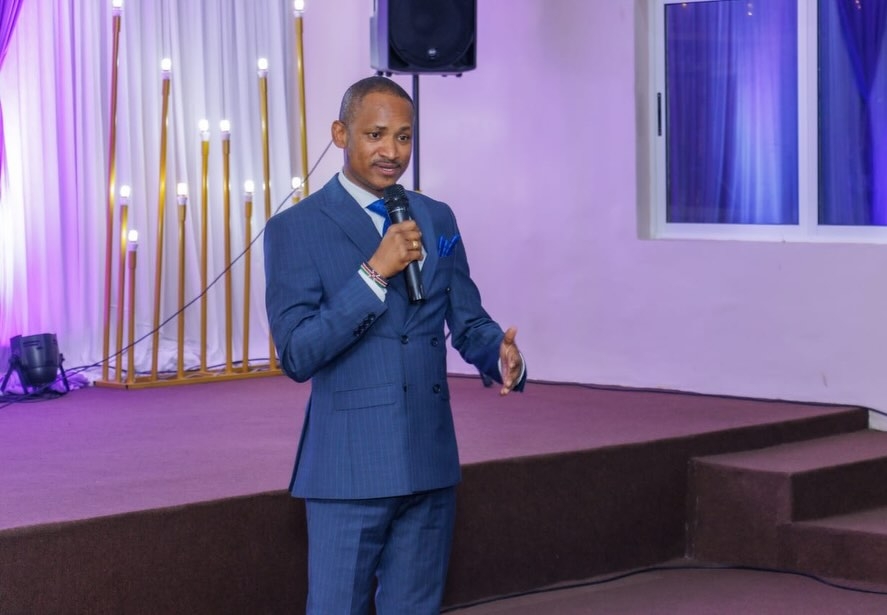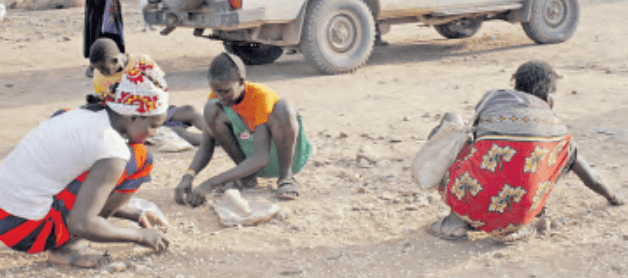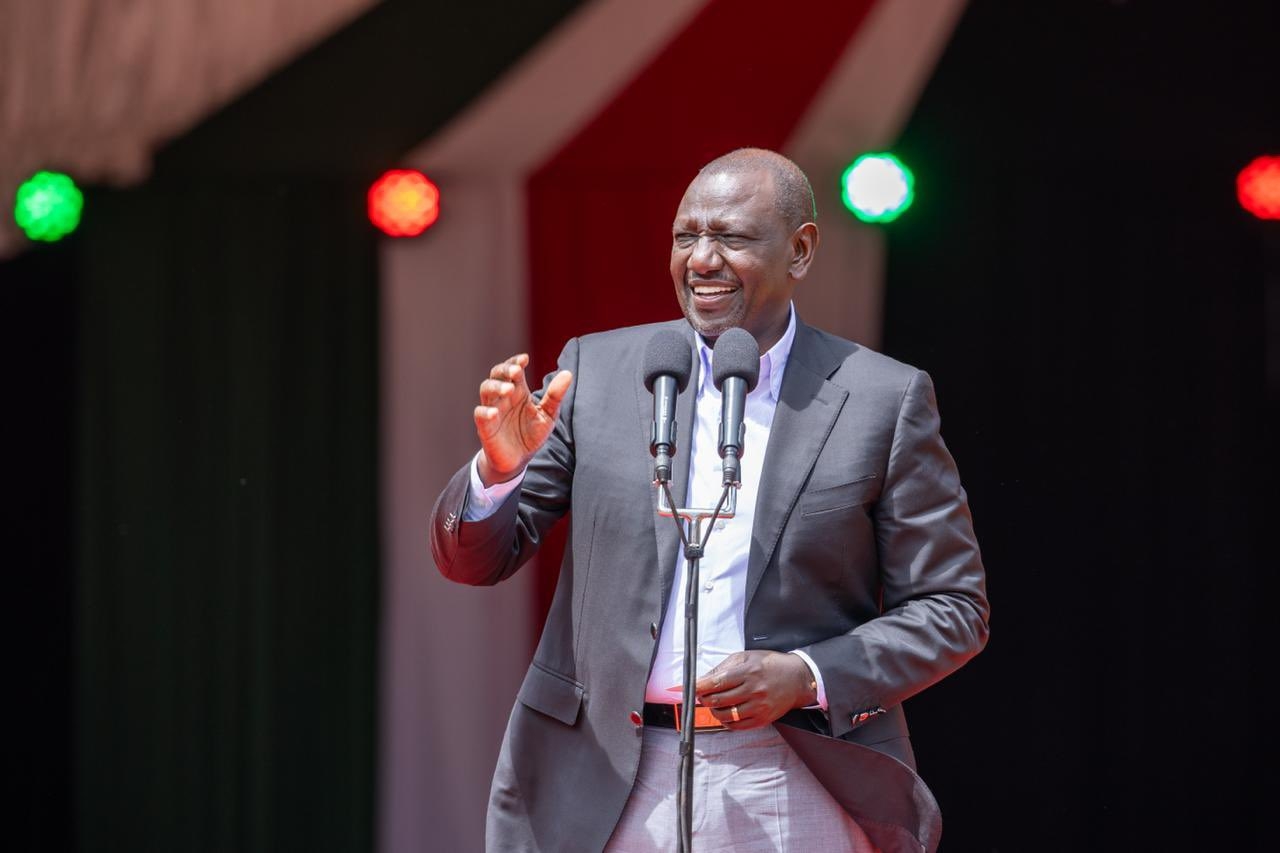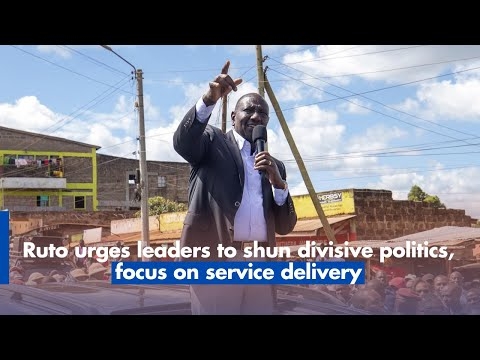 Nairobi Governor Johnson Sakaja /JOHNSON SAKAJA/X
Nairobi Governor Johnson Sakaja /JOHNSON SAKAJA/XNairobi Governor Johnson Sakaja has cited outdated drainage infrastructure and inadequate resources as the major hurdles the county is experiencing in managing the intense rainfall ongoing in the county.
In an interview with Citizen TV on Wednesday, Sakaja said Nairobi’s existing drainage infrastructure was overwhelmed, as it was not designed to handle the current volume of rainfall.
“The sheer amount of rain that is coming down is higher than ever before, and a lot of our drains were designed for a smaller capacity of seasonal rain in the city,” he said.
The governor also underscored the urgent need for the national government to release the Roads Maintenance Levy Fund (RMLF), arguing that timely financial support is crucial for upgrading urban infrastructure.
Sakaja noted that county-managed roads constitute more than half of Kenya’s total road network and should not be sidelined in national infrastructure planning.
“Everyone who buys fuel pays a levy. The levy is to fix roads. In our country, we have two categories mainly: national and county roads. County roads are more than 65 per cent of all the roads, but all that money goes to national roads,” he explained.
The governor further dismissed claims there he had shunned his responsibilities in addressing the flooding crisis maintaining that his administration has been proactive within its limited means to implement several interventions.
“We got our green Army. We have 3,800 youth who collect garbage, remove the blockages, and they are doing a good job, but for real, we need to expand in some areas and look at the cost of it,” he said.
His remarks come days after President William Ruto affirmed that the national government is best positioned to manage the Roads Maintenance Levy Fund (RMLF), ensuring effective allocation and utilisation of resources for infrastructure development.
Ruto observed that overlapping responsibilities between the national and county governments in road infrastructure development had often caused delays and inefficiencies.
Governors have argued that counties are equally entitled to the RMLF, noting they are directly involved in road construction.


